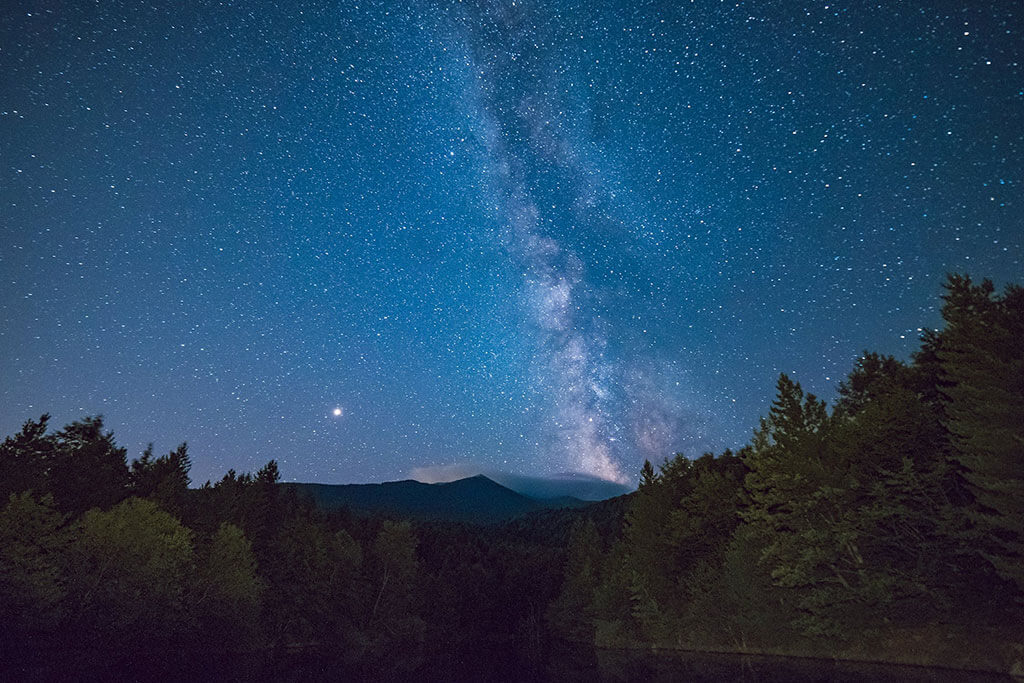
13
September
New Moon
The moon is between us and the sun. Without the moon in the sky at night, deep sky objects are easier to observe.

14
August
New Moon
The moon is between us and the sun. Without the moon in the sky at night, deep sky objects are easier to observe.

15
July
New Moon
The moon is between us and the sun. Without the moon in the sky at night, deep sky objects are easier to observe.

16
June
New Moon
The moon is between us and the sun. Without the moon in the sky at night, deep sky objects are easier to observe.

17
May
New Moon
The moon is between us and the sun. Without the moon in the sky at night, deep sky objects are easier to observe.

18
April
New Moon
The moon is between us and the sun. Without the moon in the sky at night, deep sky objects are easier to observe.

20
March
New Moon
The moon is between us and the sun. Without the moon in the sky at night, deep sky objects are easier to observe.

18
February
New Moon
The moon is between us and the sun. Without the moon in the sky at night, deep sky objects are easier to observe.

20
January
New Moon
The moon is between us and the sun. Without the moon in the sky at night, deep sky objects are easier to observe.

20
March
Messier Marathon season
A period in which you can view all Messier objects in one long night.
